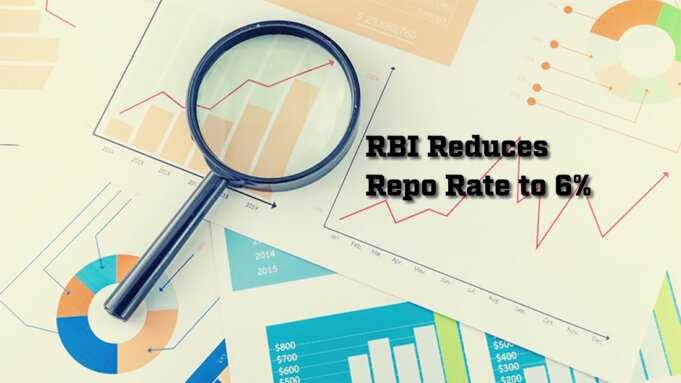The Monetary Policy Committee (MPC) reduced the policy repo rate by 25 basis points on 9 April 2025, bringing it down to 6.00 percent, effective immediately. Consequently, the Standing Deposit Facility (SDF) rate, under the Liquidity Adjustment Facility (LAF), has been revised to 5.75 percent, while the Marginal Standing Facility (MSF) rate and the Bank Rate have been adjusted to 6.25 percent.
The RBI feels that uncertainty, by its very nature, can deter economic growth by influencing the investment and consumption patterns of both businesses and households. Further, the slowdown in global economic activity driven by trade tensions is expected to exert downward pressure on domestic growth. Additionally, the imposition of higher tariffs is likely to negatively affect net exports. That said, there remain several indeterminate variables, such as the impact of relative tariffs, demand elasticity for exports and imports, and prospective policy initiatives, including the proposed Foreign Trade Agreement with the United States.
According to the RBI, for the fiscal year 2024-25, India’s real GDP is projected to expand by 6.5 percent, following a growth rate of 9.2 percent in the previous year. For the subsequent fiscal year (2025-26), the agricultural sector is expected to perform well, supported by favourable reservoir conditions and strong crop yields. Meanwhile, the Manufacturing sector is demonstrating signs of recovery, accompanied by sustained optimism in business sentiments. The services sector continues to exhibit consistent strength.
Headline inflation witnessed a moderation during January and February 2025, primarily due to a significant reduction in food prices. The outlook for food inflation has notably improved as concerns surrounding the Rabi crop season have diminished. The second advance estimates suggest record wheat production and an increase in the output of key pulses compared to the previous year. Coupled with healthy Kharif crop arrivals, these developments are expected to support a sustained moderation in food inflation. A decrease in global crude oil prices is favourable for the inflation trajectory. Nevertheless, persistent global market uncertainties and potential disruptions from adverse weather conditions pose upward risks to the inflation outlook.
Taking into account all influencing factors and assuming a normal monsoon season, the Consumer Price Index (CPI) inflation for the financial year 2025-26 is forecasted at 4.0 percent. The quarterly projections are as follows: 3.6 percent for Q1, 3.9 percent for Q2, 3.8 percent for Q3, and 4.4 percent for Q4. Overall, the risks to the inflation projection are assessed to be evenly balanced.
Cover photo: www.pexels.com











